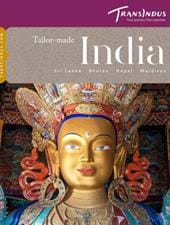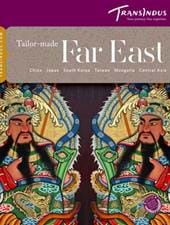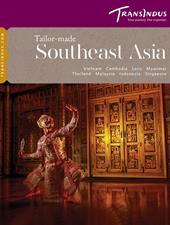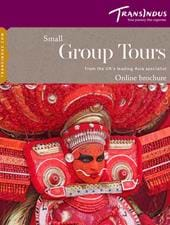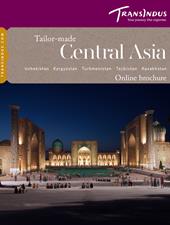Dubbed the ‘Forbidden City’ during the 19th century, Lhasa has been the spiritual and political capital of Tibet since the Fifth Dalai Lama moved here in 1642. Protracted isolation from the rest of the world meant the arcane way of life led by its kings, clergy and citizens remained largely unaltered until the Chinese cultural revolution of the 1960s. In more recent times, mass migration from Han China has had a major impact. However, plenty of old-world Tibetan atmosphere survives.
Dominating the skyline is the Dalai Lama’s former residence, the Potala – one of the world’s most arrestingly exotic buildings. Its sloping red and white walls, which sweep from the valley floor up the sides of Marpo Ri (‘Red Hill’), enclose 1,000 rooms and 10,000 shrines. Visitors can clamber up endless flights of steps to explore the ceremonial halls, throne room and private apartments which the Dalai Lama left when he fled into exile in 1959.
Down on Barkhor Square, the focus of round the- clock ritual activity is Tibet’s most revered temple complex, the gold-roofed Jokhang. Pilgrims in traditional Tibetan garb make their way around an octagonal walkway known as the Kora, before entering the shrine itself. The focus of their devotion is the gilded Jowo Shakyamuni Buddha in the central shrine – the most venerated deity in Tibetan Buddhism. The capital offers some inspirational places to stay, including a clutch of international-grade five stars boasting Potala views. Our favourite, though, is the Tibetan-owned Songtsam – a beautiful boutique lodge lined with lustrous local hardwood and fine handicrafts, which builds on the reputation for unrivalled hospitality established by Songtsam’s other properties in Yunnan.

